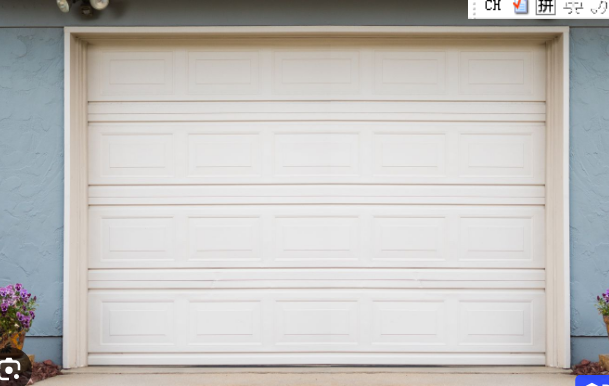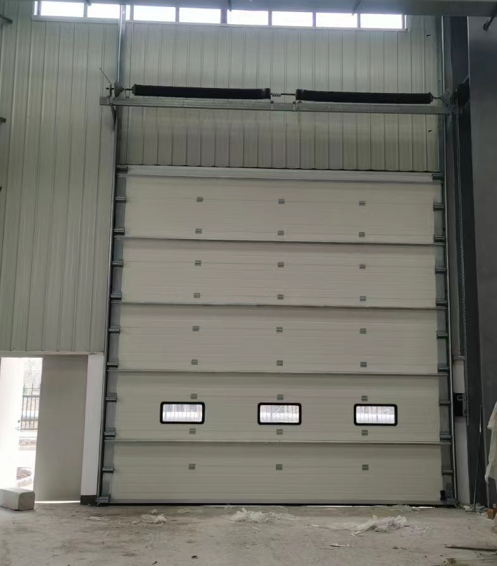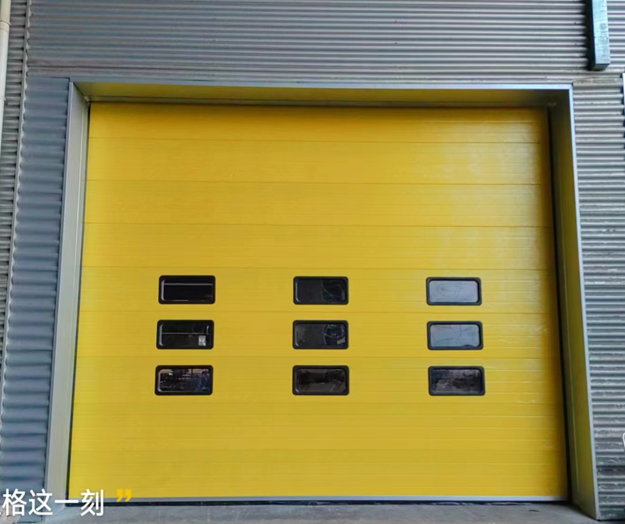
Introduction:
When it comes to enhancing the functionality and aesthetics of a home, choosing the right type of door for your garage is crucial. Two popular options that often come up in discussions are garage doors and sectional doors. While they may seem similar at first glance, there are distinct differences between the two that can significantly impact the operation, appearance, and maintenance of your garage. In this article, we will delve into the characteristics, advantages, and considerations of garage doors and sectional doors to help you make an informed decision.

Garage Doors: An Overview
Garage doors are a broad category that encompasses various types of doors used for garages. The most common types include roller doors, tilt doors, and up-and-over doors. These doors operate on different mechanisms and are suited for different spaces and needs.
Roller doors, for instance, are made up of horizontal sections that roll up and down on a drum located above the door opening. They are compact and don't protrude outward when opened, making them ideal for garages with limited space.

Tilt doors are single-panel doors that tilt up and swing out before resting parallel to the ceiling. They require enough space in front of the garage to operate and are known for their sleek, modern appearance.
Up-and-over doors, on the other hand, swing up and outwards before pivoting into the garage. They are versatile and can be manually operated or motorized for convenience.
Sectional Doors: A Detailed Look
Sectional doors, as the name suggests, are made up of several horizontal panels that are hinged together. When opened, these panels move vertically along tracks and then pivot into the garage's ceiling, creating a clear opening without taking up external or internal space.
The design of sectional doors offers several advantages. Firstly, they provide excellent insulation due to their multi-panel construction, which can be filled with insulation material. This is particularly beneficial for attached garages or workshops where temperature control is important.

Secondly, sectional doors are highly secure. The interlocking panels and the way they fit snugly into the frame when closed make it difficult for intruders to pry them open. Additionally, the vertical operation means that there's no risk of the door swinging out and potentially causing damage or injury.
Thirdly, sectional doors offer a smooth and quiet operation, thanks to the balanced weight distribution and the use of high-quality rollers and hinges. This makes them a great choice for homes where noise is a concern.
Comparison and Considerations
The choice between a garage door and a sectional door will depend on various factors, including the size and layout of your garage, your budget, and your aesthetic preferences.
Space Efficiency: Sectional doors are more space-efficient than traditional garage doors, especially in tight spaces. They don't require external clearance to operate, which can be a significant advantage in urban areas or where driveways are short.
Insulation and Energy Efficiency: If energy efficiency is a priority, sectional doors with insulated panels can help maintain a consistent temperature in your garage, potentially reducing heating and cooling costs.
Security: Both garage doors and sectional doors can be secure, but the interlocking panels and tight seals of sectional doors often provide an added layer of security.
Maintenance: Sectional doors typically require more maintenance due to their complex mechanism of panels, hinges, and tracks. However, regular servicing can ensure smooth operation and longevity.

Aesthetics: The choice between a garage door and a sectional door can also be influenced by the look you're trying to achieve. Sectional doors come in various designs and finishes, allowing for a custom appearance that can complement your home's architecture.
Conclusion:
While both garage doors and sectional doors serve the primary function of providing access to your garage, they do so in different ways and with different benefits. Garage doors, with their various types, offer a range of options that can suit different spaces and needs. Sectional doors, with their unique design and operation, provide enhanced insulation, security, and space efficiency.
Ultimately, the decision should be based on your specific requirements, such as the size of your garage, your budget, and the look you want to achieve. Whether you opt for a traditional garage door or a modern sectional door, ensuring that it is properly installed and maintained will guarantee years of reliable service and added value to your home.
Company Name:Shanghai Honwei Automation Co., Ltd. HITCH (SHANGHAI) IMPORT& EXPORT CO., LTD.
Name: Phyllis Liang
Mobile:+86 15316076035
Tel:+86 21 61767181
Whatsapp:+86 15316076035
Email:info@highspeeddoor.cn
Email:kevin.jiang@powever.com.cn
Add:Room 301-302, Building 1, No. 1355, Chengbei Road, Jiading District, Shanghai
Post code:201800